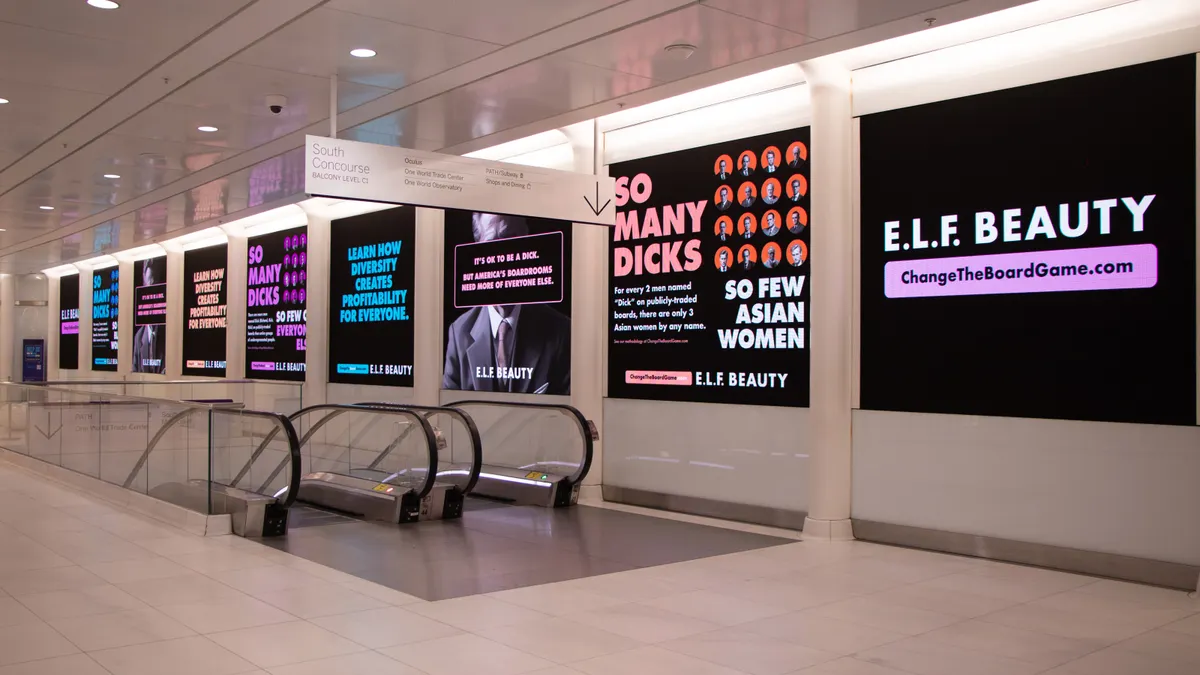Brief:
- Amazon Go may grow into a $4.5 billion-a-year business by 2021, according to an estimate by Recode. The tech news website based its calculation on sales projections from RBC Capital Markets and a Bloomberg report suggesting Amazon plans to open 3,000 of the cashierless stores in the next few years.
- The stores generate average sales of about $1.5 million a year, or 50% more than typical convenience stores, based on an average order size of $10 and the 550 store visits a day observed by RBC's analysts. The estimate, which excludes days when current Amazon Go stores are closed, uses data from the National Association of Convenience Stores as a benchmark.
- Amazon Go has expanded to nine locations in Seattle, San Francisco and Chicago since the first store opened in January 2018. Shoppers use the Amazon Go mobile app to enter the store, and their purchases are recorded using overhead cameras and weight sensors. The company automatically charges customer accounts as they walk out of the store with their items.
Insight:
The possibility that Amazon Go could become a $4.5 billion business may entice the company to expand rapidly after developing a small-format store format that generates a steady profit and relatively heavy foot traffic. The first Amazon Go store in Seattle required more than $1 million in hardware, but presumably Amazon could lower those costs over time with volume purchases of equipment, while the incremental expense of expansion declines with each newly opened store. The rumored plan to open 3,000 stores would cost anywhere from $500 million to as much as $3 billion, according to Morgan Stanley estimates cited by Bloomberg. The investment is relatively small compared to Amazon's $200 billion in total retail operating expenses for 2018.
Amazon's possible threat to the grocery and convenience store markets means that competitors need to develop similar tech-powered stores and enhanced loyalty programs to maintain solid relationships with customers seeking convenience and a frictionless shopping experience. 7-Eleven in November began testing a mobile self-checkout feature that lets customers skip the checkout line and pay for their purchases using the chain's app. That same month, Walmart opened its first Sam's Club Now concept store in Dallas that has 42 employees, none of whom are cashiers. Customers must use the Sam's Club Now app to scan items as they shop before paying when they leave the store, according to the Dallas Business Journal.
As with every Amazon enterprise, data collection and analytics will be a key competitive differentiator for its Go chain of stores. Because customers are required are set up an account with the store to gain entry, the retailer can then gather information about shopping habits and purchase history that helps to develop personalized offers and other marketing promotions to customers. Amazon also is more likely to reach higher-income customers with its requirement that shoppers have a smartphone and credit card to run the Amazon Go app.












